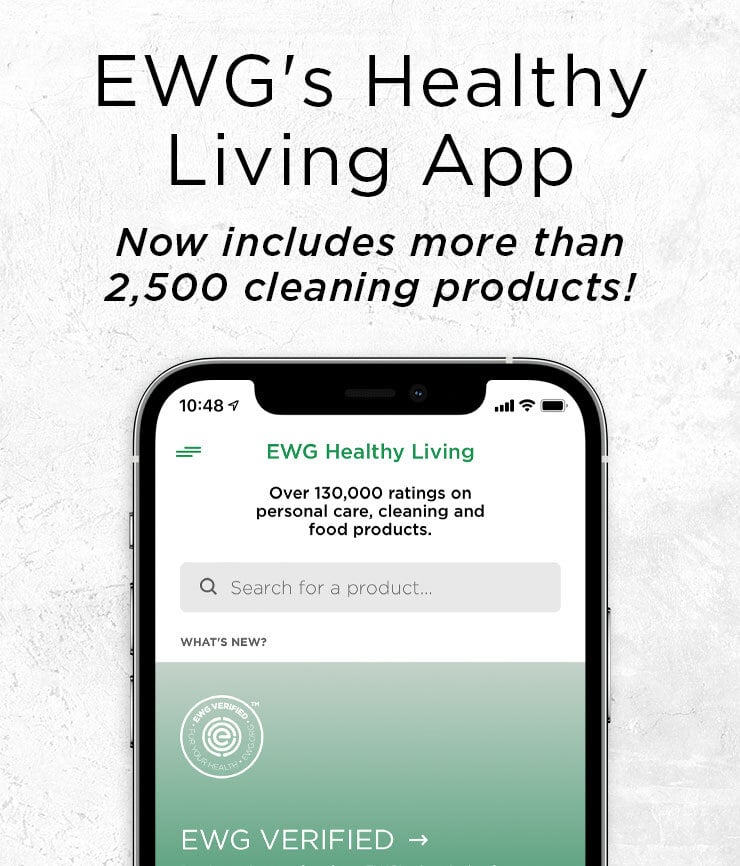Be Wary
Animal Welfare Review
Documents that an on-farm audit was passed.
Animal welfare standards require the producer to have an action plan in the case of injury, illness, emergency, or willful neglect or abuse of animals, among other things.
No requirement for outdoor access.
Minimal considerations for natural behaviors.
Animals can be confined in cages or crates.
No protocols to reduce antibiotic usage.
To ensure the meat or dairy products you purchase are from producers that set humane standards to minimize pain, limit suffering, and provide humane living conditions, look for these certifications:
To learn more, visit Animal Welfare Review.
Cage Free
The vast majority of industrial egg producers use cages. This term implies that animals are not kept in cages and that this is an improvement in the living standards for egg-laying chickens.
If the product has a U.S. Department of Agriculture seal it means the agency has seen a signed affidavit stating that the hens are not raised in cages from the producer.
Still, an affidavit says nothing about the amount of space for the chickens. Cage-free birds may still not have space to engage in natural behaviors.
The term has no legal definition, so practices vary.
No regular on-farm inspections to verify correct usage of this claim.
Chickens and turkeys raised for meat are never caged, so this claim on poultry products is meaningless. The term cage-free is only useful when shopping for eggs.
To ensure the eggs you purchase are from animals that had access to the outdoors, space to flap their wings and engage in other natural behaviors, look for these certifications instead:
Free-range
Implies that animals had access to the outdoors and adequate space to engage in other natural behaviors
The U.S. Department of Agriculture requires documentation from producers to use this claim.
- USDA defines “free range” on its website to mean poultry that have been “allowed access to the outside.”
- Does not specify the quality or size of the outside range, nor how long an animal must have been outside.
- Does not apply to animals other than chicken and turkey. In 2002, the USDA proposed to define “free range” for cattle, sheep and swine as “continuous and unconfined access to pasture throughout their lifecycle,” but never issued the standard.
No regular on-farm inspections to verify correct usage of this claim.
To ensure the poultry products you purchase are from animals that had access to the outdoors and space to engage in natural behaviors, look for these certifications instead:
No Hormones Added
Implies cattle and sheep were never implanted with pellets containing sex hormones to speed growth. These hormones boost meat and dairy production and profits. The European Union does not allow any hormone treatments for meat or milk animals.
The U.S. Department of Agriculture requires documentation from producers to use this term.
The USDA does not allow producers to use hormones in chickens, turkeys and hogs.
No regular on-farm inspections to verify correct usage of this claim.
To ensure the meat or dairy products you purchase are from animals that never received growth hormones, look for these certifications instead:
Humanely Raised
No legal definition and essentially meaningless.
No regular on-farm inspections to verify correct usage of this claim.
The certifiers below set standards for confinement, minimizing pain and cruelty to animals to limit animal suffering, and providing animals with humane living conditions. However, certifiers’ rules differ. To understand the differences among humane certifications, click on their logos.
Lean/Extra Lean
The U.S. Department of Agriculture has defined lean and extra lean to mean the meat is lower in fat, saturated fat and cholesterol.
Natural
The U.S. Department of Agriculture defines a natural meat product as one that contains “no artificial ingredient or added color and is only minimally processed.” Processing must not fundamentally alter the product. The label must have a specific explanation, such as “no artificial ingredients; minimally processed.”
USDA standard exists for meat and poultry.
No Food and Drug Administration standard for other foods.
The term is often misinterpreted to mean that the product is healthier and more humane than it is.
All fresh meat qualifies as natural.
Does not mean that the animal was raised in sufficient open space.
No indication producer refrained from treating healthy animals with antibiotics to boost growth or prevent disease.
Does not bar growth hormones.
Does not bar GMO feed.
Does not require organic feed or prohibit the feeding of animal byproducts.
No Nitrates or Nitrites Added
Nitrates or nitrites are preservatives that prevent the growth of harmful bacteria, enhance color or add a smoky flavor. Processed meats such as ham, bacon, lunchmeats and hot dogs are often treated with nitrates that increase the risk of cancer and other health problems through the formation of carcinogenic compounds called nitrosamines.
- U.S. Department of Agriculture standard exists. The USDA defines “no nitrate or nitrite added” as products “which contain no nitrate or nitrite.” Products should also bear the term “Uncured.”
The USDA requires documentation from producers to use this claim.
This does not mean the product is nitrate- or nitrite-free, as most products add a naturally occurring source of nitrite, such as celery powder. These products must also bear the qualifying statement “except for those naturally occurring in,” and state the natural source of nitrite.
To avoid the risks associated with nitrates and nitrites, look for meat products whose ingredient lists do not contain sodium nitrite, potassium nitrite, sodium nitrate and potassium nitrate. Learn more about nitrates here.
Omega-3 Fortified Eggs and Milk
Some eggs and milk products are marketed as containing higher concentrations of the healthy omega-3 fatty acids, docosahexaenoic acid (DHA) or alpha-linolenic acid (ALA).
Manufacturers usually boost the concentration of healthy fats by feeding milk cows and laying chickens with vegetarian sources of omega-3’s. In some cases, dairies add fish oil directly to milk.
Omega-3-supplemented milk and dairy products typically contain less of these healthy substances than would be found in a serving of seafood, so they may not be worth the extra price.
If you don’t eat seafood and want to get healthy fats through eggs or milk look for those that contain docosahexaenoic acid (DHA), which are more potent than those containing alpha-linolenic acid (ALA) or marked as containing “omega-3’s” since ALA provides a lesser benefit.
You can also get omega-3s from nuts, flax seed oil, chia seeds, hemp seeds and other foods.
Farmed Fish
Indicates the fish was raised on a fish farm.
These farming practices often pollute water and local ecosystems, and escaped fish can harm wild fish.
No federal standards to ensure farms are well managed.
No on-site inspections to verify farms are well managed.
To ensure the fish you purchase are from well-managed, third-party-verified farms, look for this certification:



 Skin Deep
Skin Deep
 Cancer Prevention Within Reach
Cancer Prevention Within Reach
 Shopper's Guide to Pesticides in Produce™
Shopper's Guide to Pesticides in Produce™
 Guide to Healthy Cleaning
Guide to Healthy Cleaning
 EWG's Tap Water Database
EWG's Tap Water Database
 Food Scores
Food Scores








